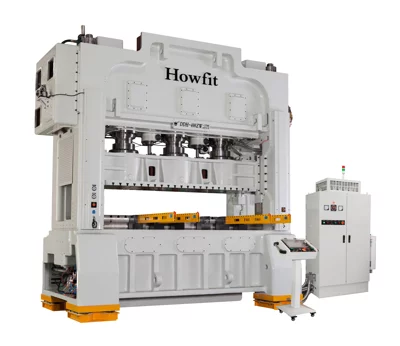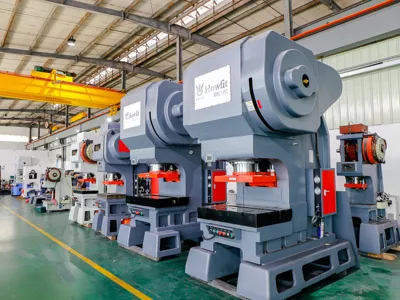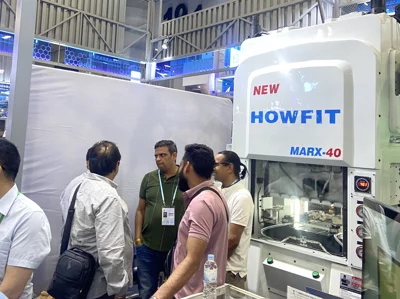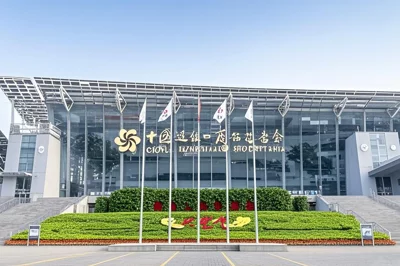What is a HOWFIT knuckle type high speed precision punch

Part One: Working Principle of Knuckle Type High Speed Precision Punching Machine Stamping technology has always played a vital role in modern manufacturing, making the manufacturing process more efficient, precise and controllable. In this field, the knuckle-type high-speed precision punch has become a widely used equipment, and its working principle and application method at the engineering and technical level have attracted increasing attention.
1. Basic structure and composition of punch press A knuckle-type high-speed precision punch is a specialized piece of equipment that usually consists of several key components. Among them, one of the most important parts is the machine tool base, which provides stable support and mechanical structure of the punch press. On the base, the slide is installed, which is the main working part in the punch press operation. The slider moves in the vertical direction to perform the punching operation. Another key component is the die, which is located underneath the slide. The shape and size of the mold determines the shape and size of the final product. When the material is placed between the dies and the slide is pressed down, the material is sheared, bent or punched to form the desired part. 
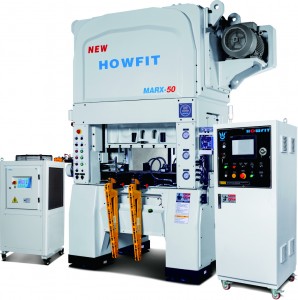
2. Work cycle and impact process The work cycle of a knuckle-type high-speed precision punch press is a highly automated and repetitive process. Typically, workpieces or materials are loaded into the work area manually or automatically, and then the control system triggers the operation of the punch press. Once started, the slider will press down at high speed, and the mold will come into contact with the workpiece to perform the stamping operation. This process is usually divided into four main stages: Downward stage: The slider descends and contacts the workpiece and begins to apply pressure. Impact Stage: In this stage, the punch press exerts enough force to cut, punch, or bend the workpiece. This is a critical stage in making the part. Rising stage: The slider rises to separate the workpiece and the mold, allowing the finished product to be removed or further processed. Return phase: The slide returns to its initial position, ready for the next stamping operation.
3. Automatic control and monitoring system Modern knuckle-type high-speed precision punch presses are usually equipped with advanced automatic control and monitoring systems that ensure a high degree of accuracy and repeatability in work. The control system can adjust the parameters of the punch machine, such as pressure, downward speed and number of impacts, to meet the requirements of different workpieces. At the same time, the monitoring system tracks key parameters such as pressure, displacement and temperature in real time to ensure the stability of the stamping process. If an anomaly is detected, the system can take immediate action to prevent product quality issues or equipment failure. Through these automatic control and monitoring systems, knuckle-type high-speed precision punches can achieve a high degree of accuracy and controllability while improving production efficiency. In the remainder of this article, we will delve into the engineering design and advantages of knuckle-type high-speed precision punches, as well as their application cases in different industries. We will also explore future trends in punch press technology and the importance of engineering in manufacturing. Hopefully this article will help readers gain a deeper understanding of this critical manufacturing technology.
With years of hands-on experience, I have honed my skills in navigating the complexities of global commerce, offering invaluable insights and solutions to address customer needs. My commitment to excellence and dedication to customer satisfaction ensure that I deliver exceptional service, guiding clients through every step of the trading process with confidence and proficiency.

